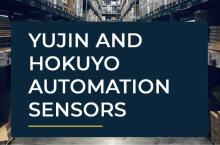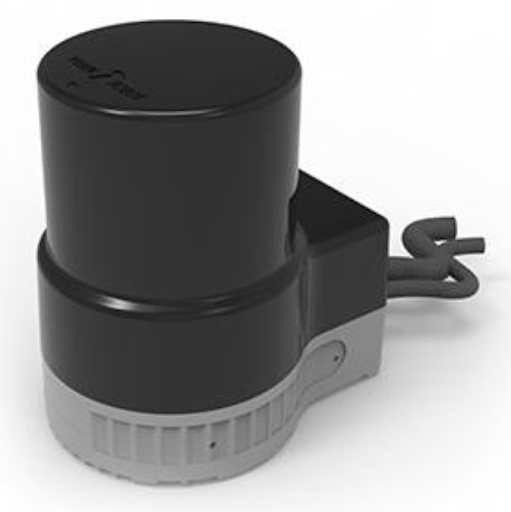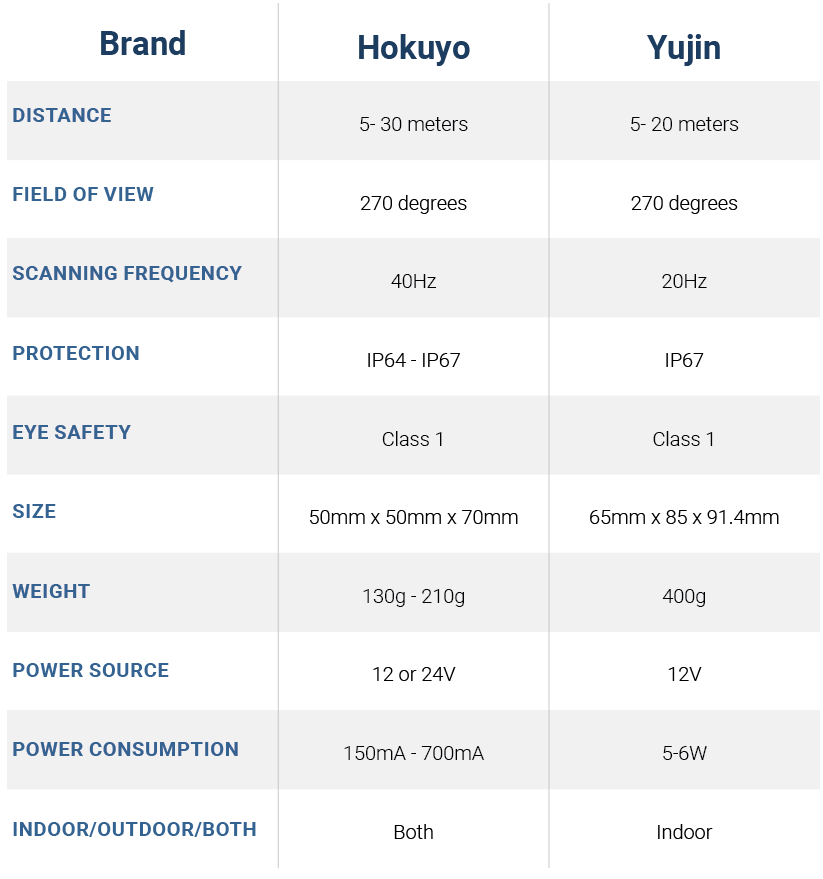
Yujin and Hokuyo Automation Sensors (Comparison and Buying Guide)
How can you automate your warehouses? Learn about two of the best sensors for factory automation and automated guided vehicles (AGV), Hokuyo and Yujin.
How Robotics and Sensors Work in Automated Manufacturing
The use of robots is not new and the benefits are widespread. Robots require input to perform their programming. The input a robot receives from its environment--along with internal regulation--comes from sensors. A variety of sensors can be added to a given autonomous system for pressure detection, heat sensing, filling accuracy, and object avoidance (to name a few examples).
The benefits of using automation in manufacturing are similar to those for warehouse management. With robots performing many repetitive tasks, you get:
- Consistent and higher-quality parts
- Decreased down time
- Less limitations on production
- Improved productivity
- Decreased workforce injuries
- Improved employee retention, because your human workforce will be able to perform more meaningful tasks.
Exactly like the case of automated mobile robots, the sensors used for manufacturing robots are the key to success. It’s a win-win if your robots have the best possible sensors for their roles.
If you skimp on sensors, you may find yourself in the frustrating position of paying for frequent recalibration or replacement of sensors.
Hokuyo and Yujin Sensors for Automation in Warehouses and Manufacturing Facilities
Hokuyo and Yujin are some of the most well-known and widely used sensors in the manufacturing and warehouse management industries. They are also used in other industries, but have proved exceptional reliability and applicability to these sectors.
How do you know which sensor is best for you? We'll answer that question and others in the next section.
Which sensor is best for independent use?
To be clear, no sensor operates independently. A sensor is useless without a microprocessor and other connective hardware. What we mean here by "independent" is a sensor used purely for data collection, or, more simply, not affixed to or incorporated in an AMR or AGV.
Inventory management and people counting are good examples. Solo, or single sensors can be placed with shelves or a doorway in view for measuring the number of items in stock or the amount of laborers present. Warehouse process automation involves solo sensors and AMR's/AGV's, both connected and collaborating via WMS (warehouse management system).
When it comes to sensors operating on their own as a data collector for the WMS or as part of a production line, Hokuyo stands out.
Hokuyo is Great for Solo Sensors
Hokuyo Automatic has a robust and well-proven history in the manufacturing and warehouse sectors. Of course, their sensors can be found in any high-quality application, but if you need the best sensor for its purpose, especially LiDAR, go with Hokuyo.
Both Hokuyo and Yujin have 5m, 10m, and 20m distances. Hokuyo, however, has sensors with accuracy up to 30m in distance.

Their sensors are reliable, durable, and multi-compatible. They also have solid optical transmission hardware--which is essential for a warehouse management system to operate smoothly. Allow yourself to focus on other parts of management and have more flexibility by having Hokuyo sensors.
When to Use Yujin for Solo Sensors
Saying that Hokuyo stands out in the solo sensor category does not mean you can’t use Yujin for such purposes. Yujin sensors work just as well, but have different power needs and weight, for example.
If you can afford the extra weight but can’t afford the higher price tag and need a great sensor fast, Yujin is ideal for use in warehouses and manufacturing. One benefit to Yujin here is that they use IP67 protective covering across their range so you get full coverage on 2d and 3d sensors.
Which sensor is best for AMR's and AGV's?
An automated mobile robot (AMR) can operate with any brand of sensor as long as it's compatible. That said, wouldn't you want a trusted option that's already established as an effective part of autonomous robots?
If that sounds good to you, go with Yujin sensors for your automated storage and retrieval systems. Their GoKart mobile robot is emblematic of their sensor success as part of an autonomous system. They also have a Fleet Management System (FMS), their own in-house warehouse management system.

Yujin sensors have the benefit of highly customizable outputs. If you need a sensor that can be easily added to your FMS, Yujin Robot sensors are a great choice. Yujin sensors are also ideal for object detection, mapping, and people counting. They collect data in a way that is flexibly applied to a number of automated systems--mobile robots, especially.
Hokuyo sensors are also compatible and work well in AMR’s and AGV’s, for the record. They’re more lightweight and overall have lower power consumption.
Yujin stands out here, though, for its ROS-compatibility and proven deployment in warehouse robotics.
Comparison of Yujin and Hokuyo Sensor Models
As can be seen in the graph below, Yujin and Hokuyo share some data, with Hokuyo coming out on top in the distance category by having a model that reaches 30 meter distances. They have options for similarly wide viewing angles of 270 degrees and come packaged with IP67 protection. There is, however, more to a LiDAR sensor than meets the eye. We'll get into the specific comparison of models now. Brand Ranges Across Models
Brand Ranges Across Models

Hokuyo UST-20LX and Yujin YRL2 Model Comparison


Cost of Individual Sensors
Price isn't everything, but it can be a determining factor for some plans. In comparative models, Hokuyo sensors cost more than Yujin sensors. Cost, of course, can't be limited to a price tag, as the cost of sensor replacement or decreased productivity from downtime in a factory can be much greater than the savings from a lesser sensor.
Thankfully, our team can help you find the balance between cost-effective and purpose-effective. We'll help you get the best value for your specific needs and budget.
Supply chain and inventory issues are affecting everyone. Use our team of experts to determine the best sensor solution for cost, use, and delivery time.
Which is the better sensor for indoor or outdoor use?
Which sensor has a faster response time?
What other kinds of sensors are used in robots?


If you'd like a full-course discussion on different sensor types, read our post on 5 common sensor types and their uses.
Add New Comment